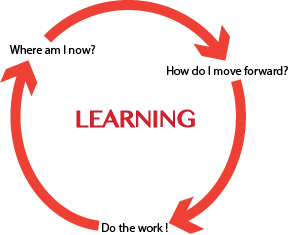here and onward
love your structured teaching style. stumbled upon it after flitting here and there and get nowhere fast. but now i have a plan. and i loving having a plan. just as an aside, like lots of people, i'm not a super-gifted natural at anything but early on in life, i decided to become a writer. didn't have the kind of inborn talent to make such a thing seem likely -- as my mum told me time and again -- but i started taking apart the sentences and paragraphs and entire books of writers i liked, to see how they did it. eventually, the practice filtered in

